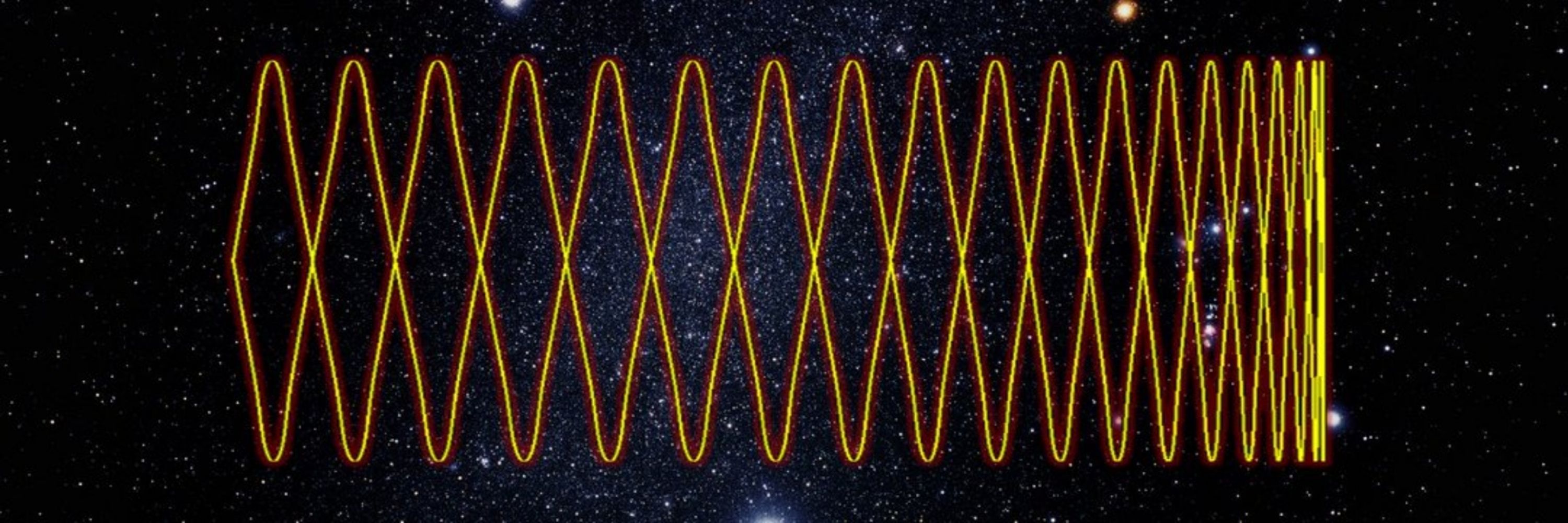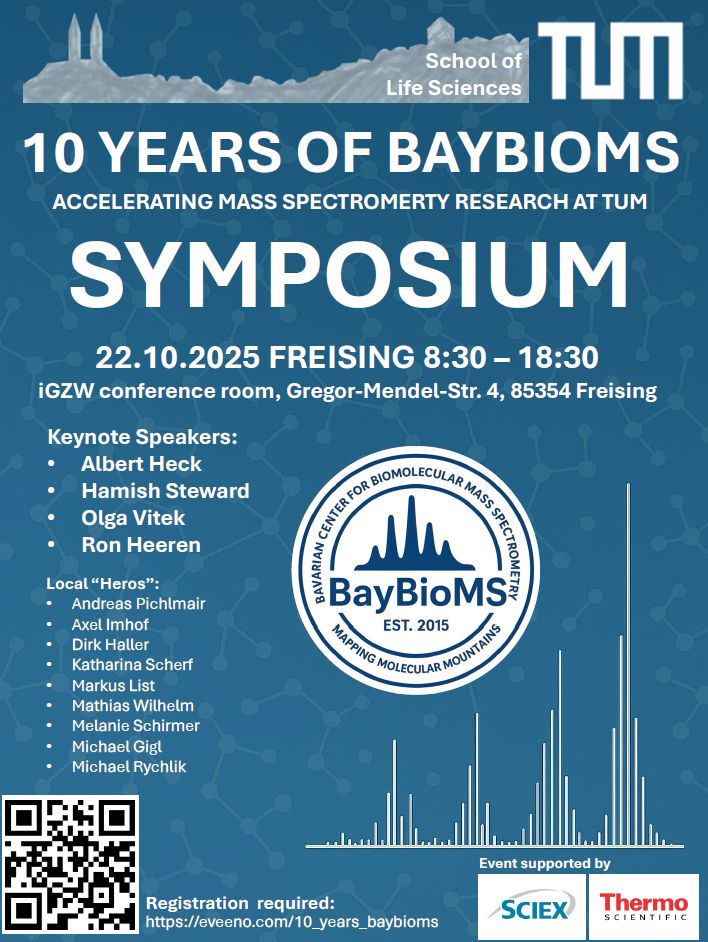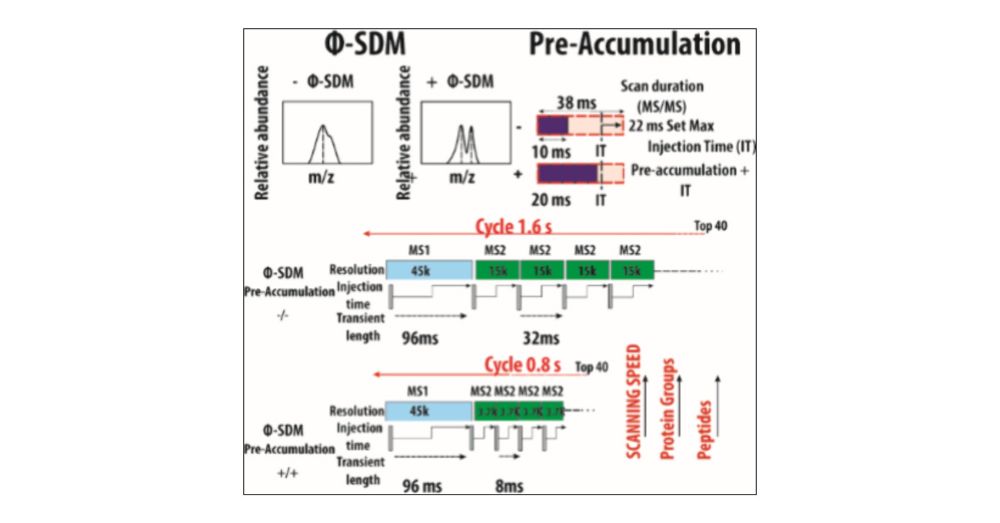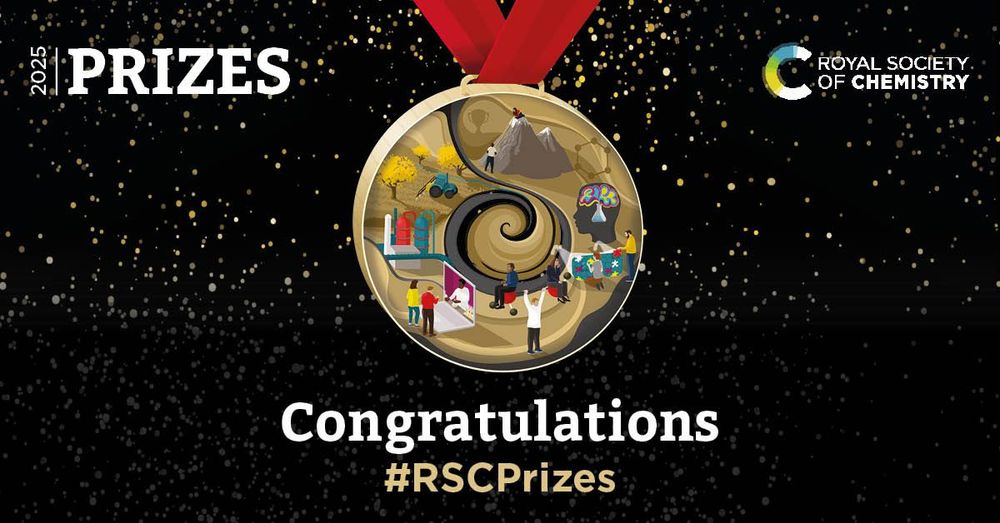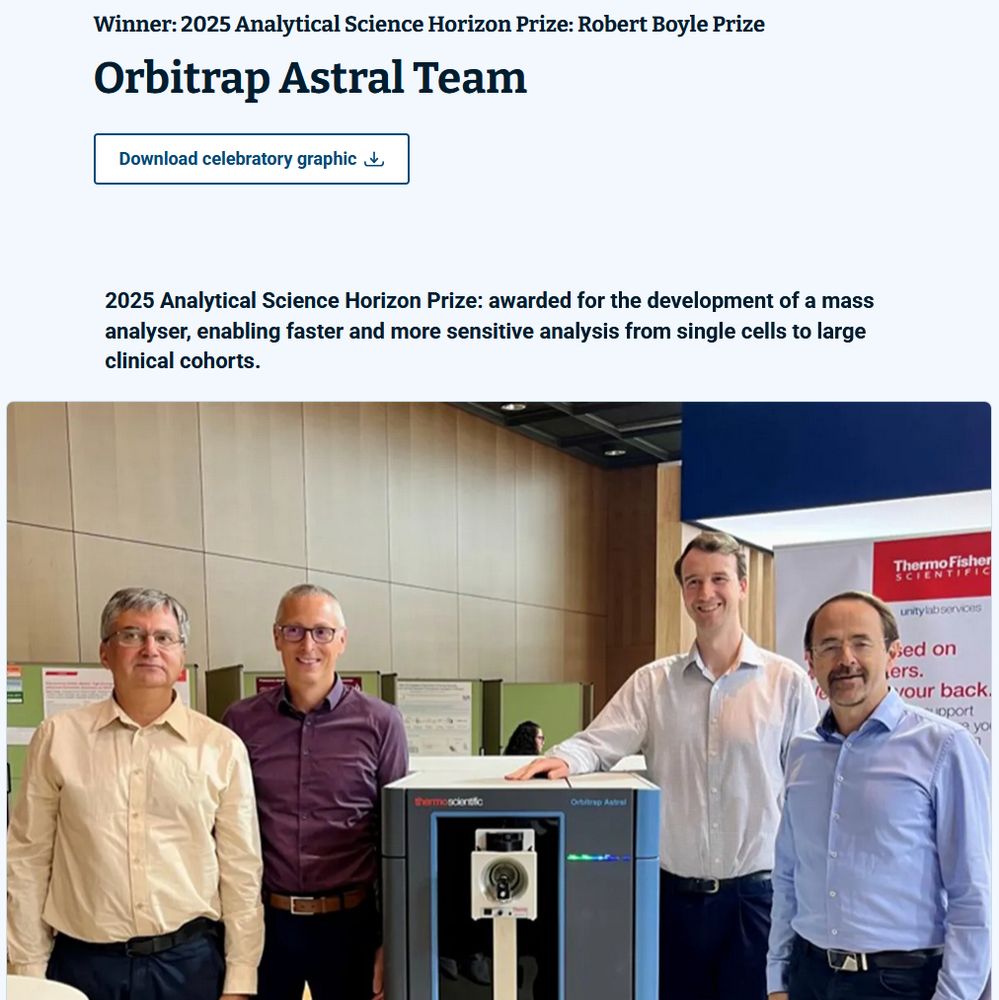Hamish Stewart
@hamishs.bsky.social
260 followers
270 following
84 posts
Analyzer evangelist and mass spectrometry enjoyer. Read about the Astral analyzer:
https://pubs.acs.org/doi/10.1021/acs.analchem.3c02856
Posts
Media
Videos
Starter Packs
Reposted by Hamish Stewart
Hamish Stewart
@hamishs.bsky.social
· Aug 27
IonOpticks
@ionopticks.bsky.social
· Aug 27

Low resolution FAIMS:
Up to 25 % more peptide IDs with low resolution FAIMS at OrbiTrap Astral!
What’s your opinion about it?
Many thanks to Dominic Hoch for the excellent cooperation.
TFS user… | ...
Low resolution FAIMS:
Up to 25 % more peptide IDs with low resolution FAIMS at OrbiTrap Astral!
What’s your opinion about it?
Many thanks to Dominic Hoch for the excellent cooperation.
TFS user mee...
bit.ly
Hamish Stewart
@hamishs.bsky.social
· Aug 22
Hamish Stewart
@hamishs.bsky.social
· Aug 15
Hamish Stewart
@hamishs.bsky.social
· Aug 11

Deep Proteomic Compound Profiling with the Orbitrap Ascend Tribrid Mass Spectrometer Using Tandem Mass Tags and Real-Time Search
Tandem mass tags (TMT) and tribrid mass spectrometers are a powerful combination for high-throughput proteomics with high quantitative accuracy. Increasingly, this technology is being used to map the ...
pubs.acs.org
Reposted by Hamish Stewart
Hamish Stewart
@hamishs.bsky.social
· Jul 22
Hamish Stewart
@hamishs.bsky.social
· Jul 21
Hamish Stewart
@hamishs.bsky.social
· Jul 21
Hamish Stewart
@hamishs.bsky.social
· Jul 20
Hamish Stewart
@hamishs.bsky.social
· Jul 20
Hamish Stewart
@hamishs.bsky.social
· Jul 20
Hamish Stewart
@hamishs.bsky.social
· Jun 29
Reposted by Hamish Stewart
Reposted by Hamish Stewart
Hamish Stewart
@hamishs.bsky.social
· Jun 13
Hamish Stewart
@hamishs.bsky.social
· Jun 5
Hamish Stewart
@hamishs.bsky.social
· Jun 3
